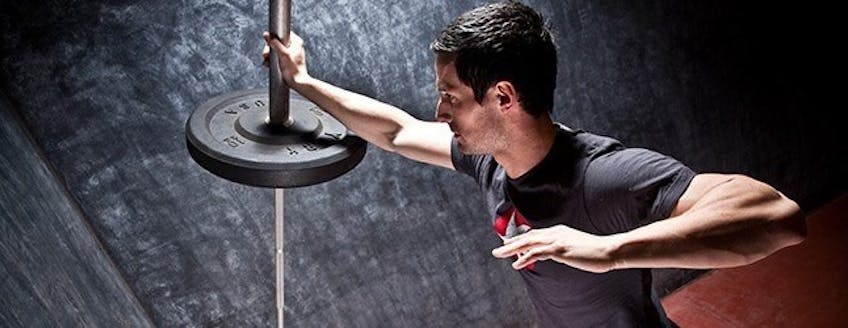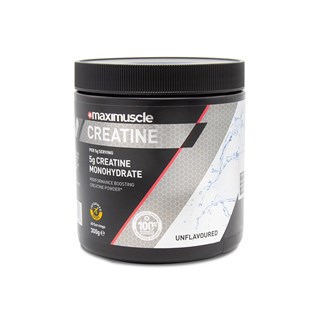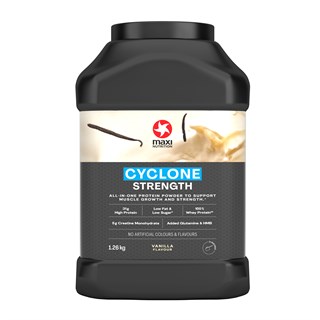Bouldering is all about relative strength
Bouldering training aims to make you as strong as physically possible for your weight. Here strength to weight ratio is everything.
With this in mind boulderers aim for lean muscle mass, not big muscles – as they would just weigh you down!
Training Focus Areas
1. Technical Training
Bouldering is an extremely technical sport – balance, route-reading, timing, flexibility & movement efficiency all play a huge part in whether you succeed or fail at a boulder problem.
The best training for bouldering technique is bouldering. The more you climb different problems, the more your repertoire of moves increases and the better climber you become.
Most importantly, you use very different muscle groups & techniques on different angles of climbing wall – so climb on all different types of angles. You will also be a better all-round climber if you can climb on all angles so ensure you climb on the technical vertical walls as well as the steep walls! I recommend trying to climb a number of challenging boulder problems at just below your maximum bouldering grade, the amount of boulder problems increases every second week.
| Week 1 | Week 2 | Week 3 | Week 4 | |
| No. of Overhanging Boulders | 10 | 10 | 15 | 15 |
| No. of Vertical Boulders | 5 | 5 | 7 | 7 |
| No. of Off- Vertical Boulders | 5 | 5 | 7 | 7 |
Note: Your boulder grade should remain consistent over the 4 weeks.
2. Physical Training
Although bouldering is a very technical sport - If you focus your physical training on these three areas you will make massive gains very quickly.
Finger Strength
- This is the most important factor in climbing. If you can’t hold on – you can’t climb up. A substantial part of any bouldering training plan needs to focus on increasing finger strength – this even means each and every finger individually. . That’s if you are really serious about getting strong!
Biceps & Triceps
- It’s no fallacy that you need strong arms for climbing. What is little known though is that being able to push down is nearly as important as being able to pull-up. Therefore, focusing a lot of time on these two muscle groups is essential to progress up through the bouldering grades of difficulty.
Core
- As soon as you hit steeper ground when bouldering the tendency is for your feet to want to come off holds and swing away from the wall. If this happens too often your arms will take the strain and tire very quickly. This is where your core strength comes into play. This means having an almost rigid set of abs, obliques and lower-back muscles.4 Week Bouldering Strength Training Program
1. Upper Body Routine
| Reps | Sets | Set Rest | Add Weight? | |
| 1 Arm Footless Hangs | 3 to 5 | 8 to 10 | 2 mins | Yes |
| Pull Ups | 3 to 5 | 8 to 10 | 2 mins | Yes |
| Tricep Dips | 3 to 5 | 8 to 10 | 2 mins | Yes |
| Push Ups | 3 to 5 | 8 to 10 | 2 mins | Yes |
| Lock Offs* | 3 to 5 | 8 to 10 | 2 mins | No |
*Lock Offs
- These are holding a pull-up position at 90 degrees or a top-of-pull up position. Hold each position for 5 seconds before gently lowering down to straight arms.In order to maximise strength gains during bouldering training it is important to keep within the 3 to 5 rep range MAX. i.e. You should fail at 3 to 5 reps. If you can complete more than 5 reps add weight to yourself until you fall into that range.
2. Core Routine
| Reps | Sets | Set Rest | |
| Knee Raises | 15-20 | 3 | 3 mins |
| Oblique Lifts | 15-20 | 3 | 3 mins |
| Lying Back Raise | 15-20 | 3 | 3 mins |
Knee Raises
- Do these either hanging by your hands or resting on a dips bar.
Oblique Lifts
- Lay sideways to the ground with one heel against the floor and an elbow propping your upper body up. Lower your hip all the way to the ground and then lift it as high as possible. Hold the hip as high as possible for 2 seconds.
Lying Back Raise
- Lay face-down. Lift your upper body, shins and feet off the ground. Hold at your highest possible position for 1-2 seconds, then lower to the ground again.I recommend working a resistance amount of core exercises as we tend to use our core in climbing at lower levels than the upper body.
Therefore aim for 15 to 20 reps of each of these exercises.
It is essential that you work a full range of motion in these exercises as you need strength in all directions in climbing.

















